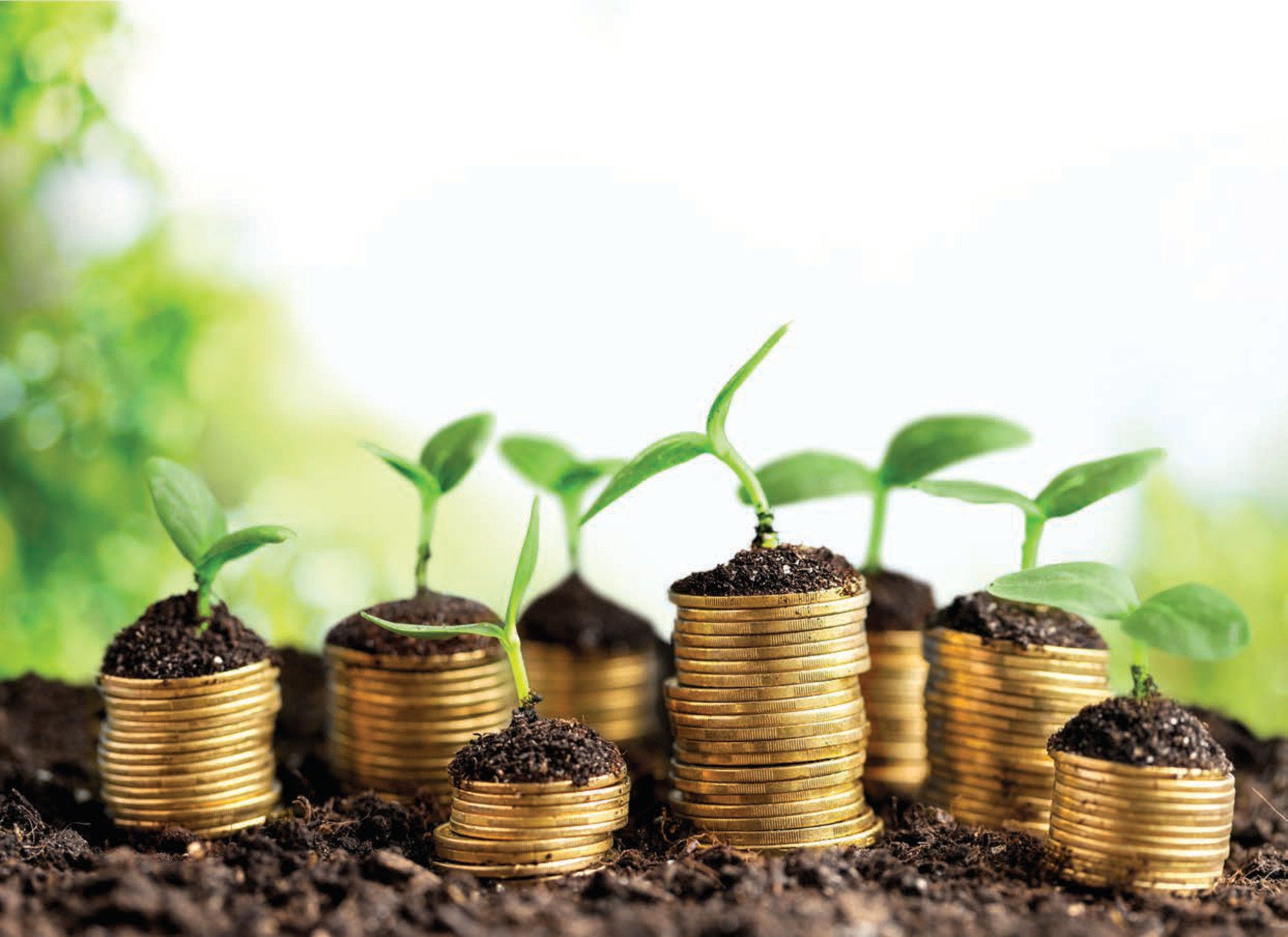Recent decades have seen an unprecedented growth in demand for natural resources and the materials derived from them. Around 80 billion tonnes of minerals, fossil fuels, and biomass were fed into the global economy in 2011, and this is only likely to increase with population growth and improved standards of living. OECD modelling indicates that resource use may more than double by 2060 under business as usual.
Continued depletion of the planet’s natural resource stock will have a number of economic and environmental consequences. First, ongoing harvesting of mineral ores, fossil fuel reserves, and agricultural land will tend to place upwards pressure on resource prices, affecting resource access and economic development. Second, resource depletion in some countries, and the resulting concentration of supply in others, will tend to increase the likelihood of geo-politically related supply shocks. Third, the environmental pressures associated with the extraction, use, and disposal of natural resources will probably grow, with adverse impacts on quality of life as well as future economic growth.
These issues have sparked recent interest in how to decouple economic activity from natural resource use and their environmental impacts. Improved resource efficiency and a transition to a more circular economy are seen as key ways forward. Many countries have launched national circular economy, resource efficiency, or sustainable materials management roadmaps. Resource efficiency has also been included in the G7 and G20 agendas, as well as being central to the 2030 Agenda for Sustainable Development.
In practice, decoupling can be pursued along several pathways, including improved productivity at the firm level and a shift towards services. However, achieving real progress will also require that greener modes of production and consumption – circular business models as they are called in this report – gain a greater foothold in our economies. The traditional linear model of resource extraction, product ownership, and eventual disposal is unlikely to deliver the sustainable future that we want.
Business Models for a Circular Economy: Opportunities and Challenges from a Policy Perspective has been developed by the Environmental Policy Committee’s Working Party on Resource Productivity and Waste. The report addresses the key characteristics, potential scalability, and likely environmental impacts of five headline circular business models. The use of renewable materials in manufacturing, the recycling and remanufacturing of end of life products, and the sharing and leasing of already existing assets are all considered. By identifying the factors that are currently hindering the broader adoption of circular business models, this report can help to support policy efforts to transition to a more resource efficient and circular economy.

Rodolfo Lacy, Director, Environment, OECD
